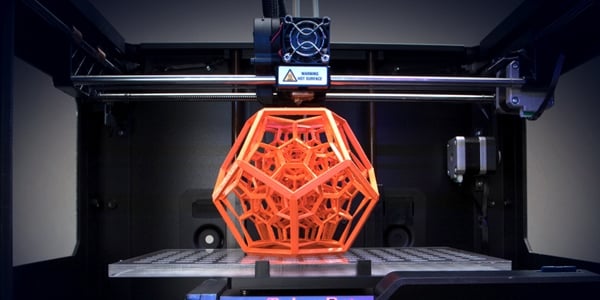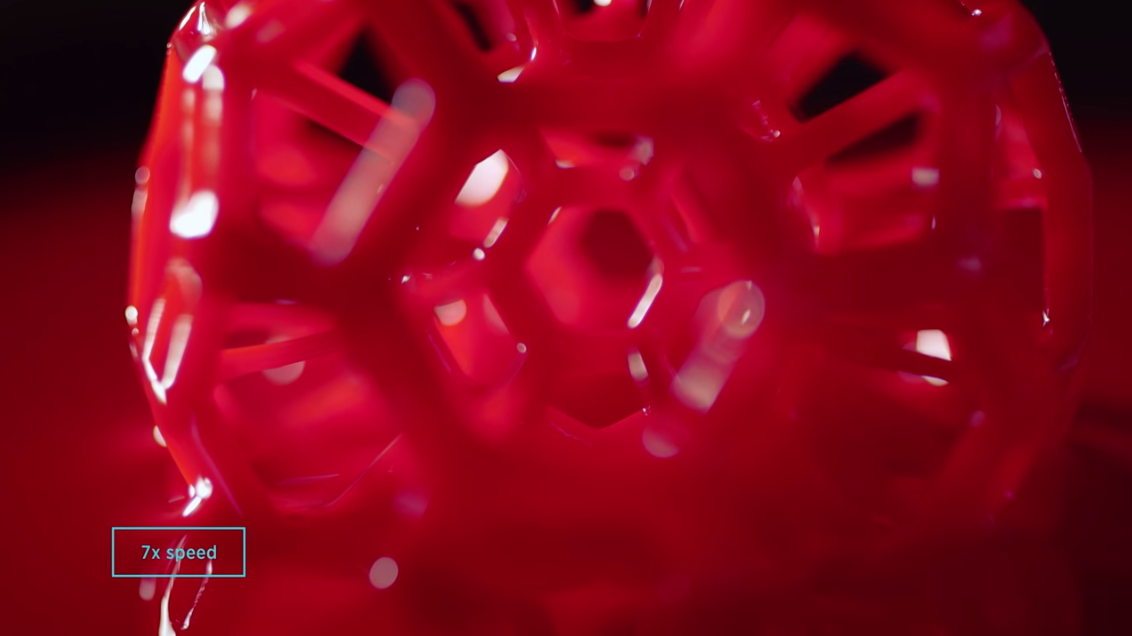Art World
New 3D Printing Technique Is 100 Times Faster and Can Make Anything Out of Liquid Resin


Cait Munro


A video still of Carbon3D printing.
Photo: via Carbon3D.
Meet Carbon3D, a Silicon Valley startup recently funded by software company Autodesk, which is perfecting a printing technique that pulls three-dimensional objects out of liquid resin at speeds up to 100 times faster than traditional 3-D printers.
The technique is known as “Continuous Liquid Interface Production” (or CLIP), and has the potential to significantly aid the manufacturing and design industries in producing better quality objects at faster speeds.
Instead of printing objects layer by layer like other 3-D printers, CLIP technology works by harnessing light and oxygen to literally grow objects from a pool of resin.
The Financial Times reports that Carbon3D received a $10 million investment yesterday as part of Autodesk’s Spark Investment Fund, which was launched last October with the goal of investing up to $100 million in 3-D printing start-ups.
With funding secured, Carbon3D plans to launch its first 3-D printer and a range of materials within in the next year.
“The 3-D printing industry needs to deliver on its promise to drive the next industrial revolution and [the fund] enables us to identify and support new technologies and teams that will fundamentally change how products are manufactured,” said Carl Bass, chief executive at Autodesk.
While 3-D printing first got its start in the 1980s, it’s only in the past few years that the technology has really exploded—NASA even used A 3-D printer on a recent mission to space (see NASA Successfully Uses 3-D Printer in Space).
Meanwhile, artists have harnessed 3-D printing capabilities for a variety of projects, ranging from a wall of wiggling penises (see Wall of Wiggling 3-D-Printed Penises Is Actually Good) to the completion of a Gaudí cathedral (3-D Printing Will Finally Bring Antoni Gaudí’s Sagrada Familia to Completion), to the making of miniature portraits (see Get a 3-D-Printed Sculpture of Yourself at the Armory Show).